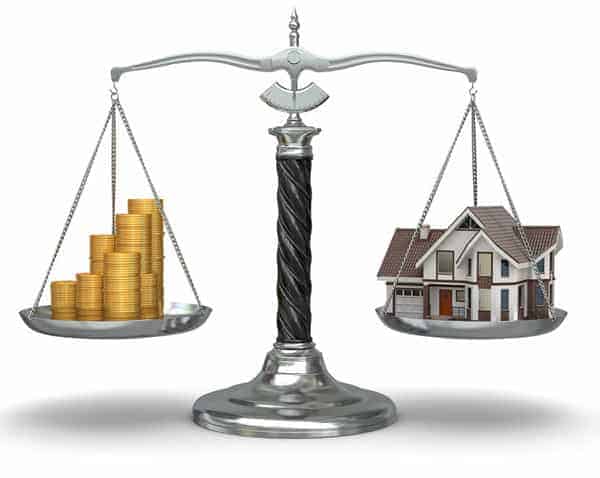 A home equity line of credit (also called a HELOC) is a homeowner loan where the amount you are allowed to borrow is based on how much equity you have in your house. Like a mortgage, your home is used as collateral for a HELOC, but the terms of the loan are very different.
A home equity line of credit (also called a HELOC) is a homeowner loan where the amount you are allowed to borrow is based on how much equity you have in your house. Like a mortgage, your home is used as collateral for a HELOC, but the terms of the loan are very different.
- A HELOC is a line of credit you can draw on versus getting the full amount of the HELOC up front. You only pay interest on the amount withdrawn.
- The full amount is like the limit on a credit card, and cannot be exceeded.
- A HELOC typically is typically good for a draw period of 5 to 25 years. At the end of the draw period, the full principal drawn must be repaid as a lump-sum or following an amortization schedule.
- Monthly payments may be interest only, with a minimum monthly payment. This calculator for home equity line of credit loans, offers you the ability to visually see the costs of a HELOC.
- Interest on a HELOC can be deducted for tax purposes, similar to the interest paid on a mortgage.
- HELOCs use a variable interest rate. To compare these home equity loans, you need to understand how the lender calculates this rate as the margin (difference between the prime rate and your interest rate) are different.
A HELOC Has More Risk Than Your Mortgage
While a HELOC may seem friendlier than a second mortgage, it is still a second mortgage. They are typically recourse loans andcarry more risk than a first mortgage. You may remain personally liable for the outstanding debt not recovered by the bank on a foreclosed property.
Before you take out this type of loan for things other than home improvements which will increase your homeowner equity, make sure you understand the financial liability.



